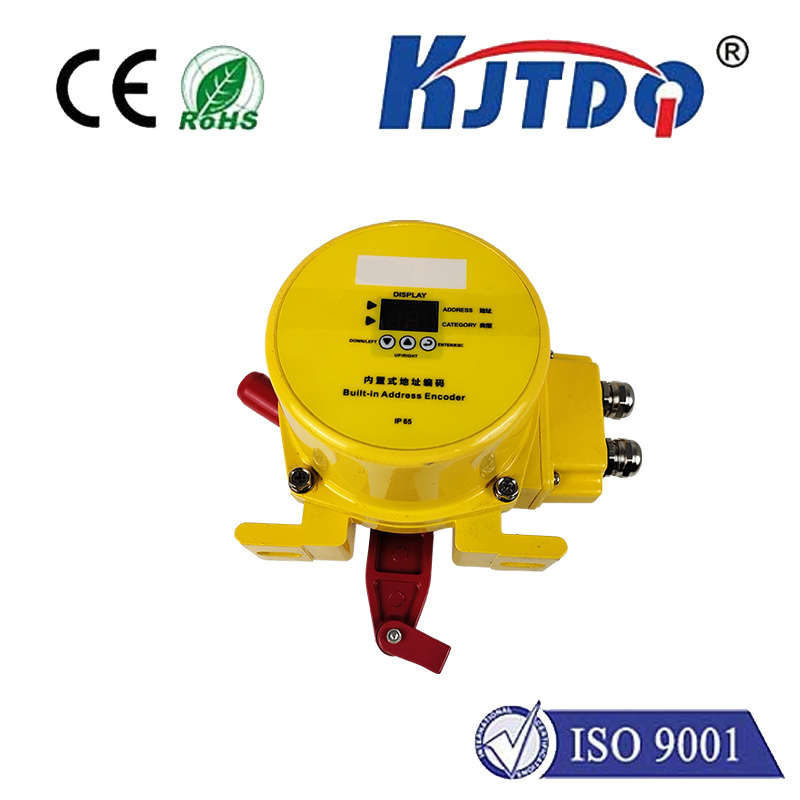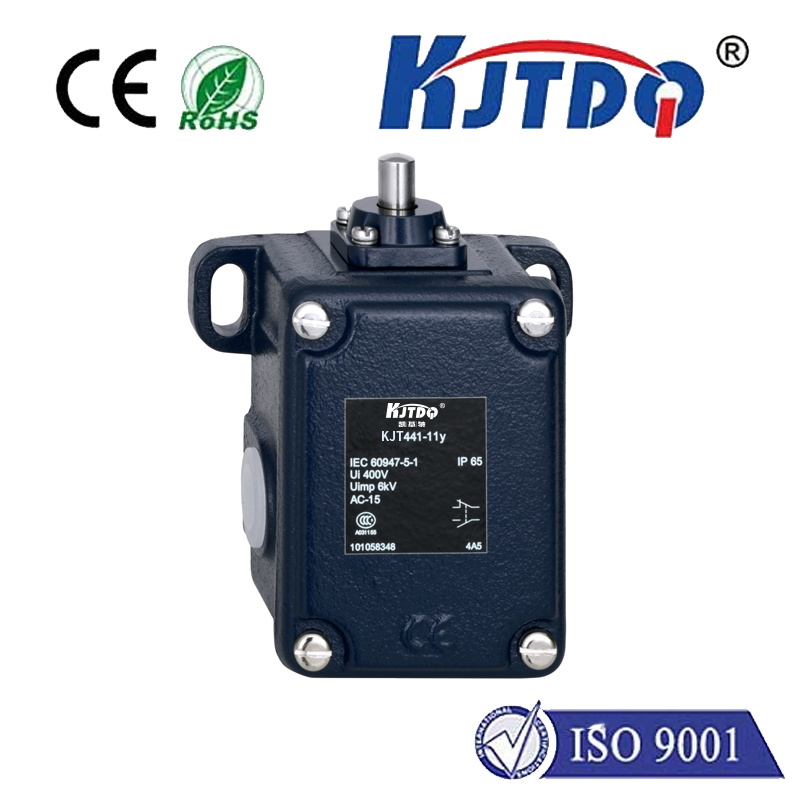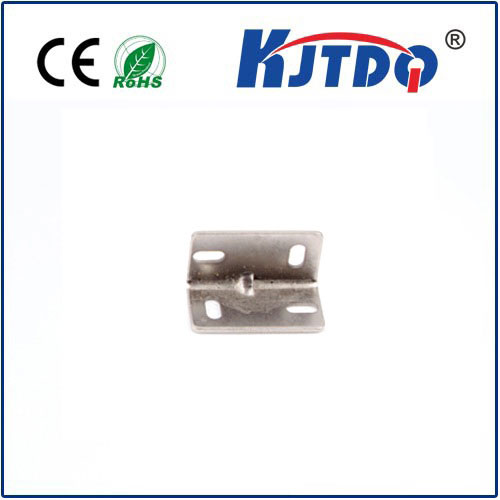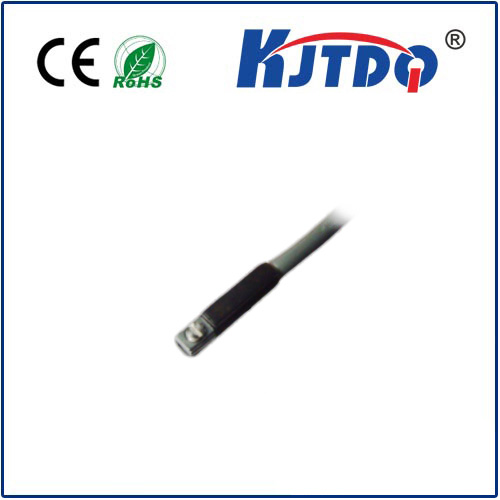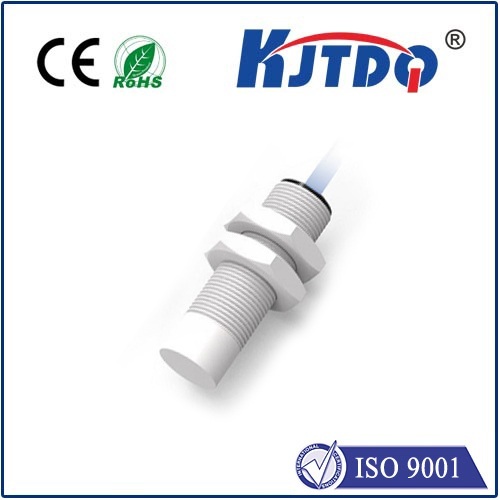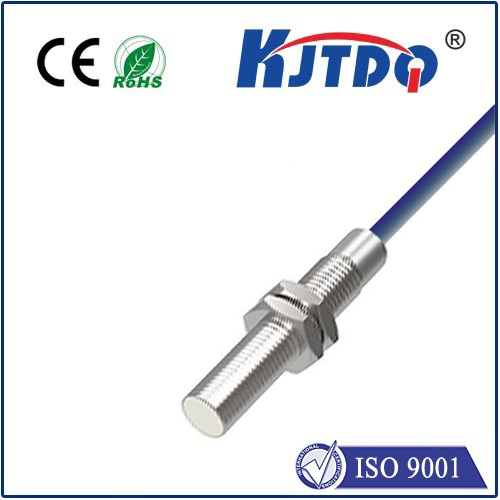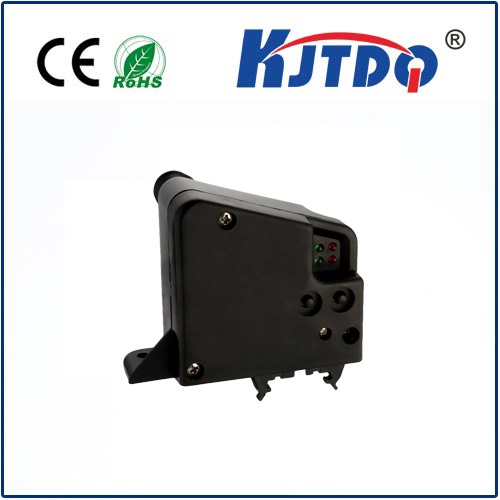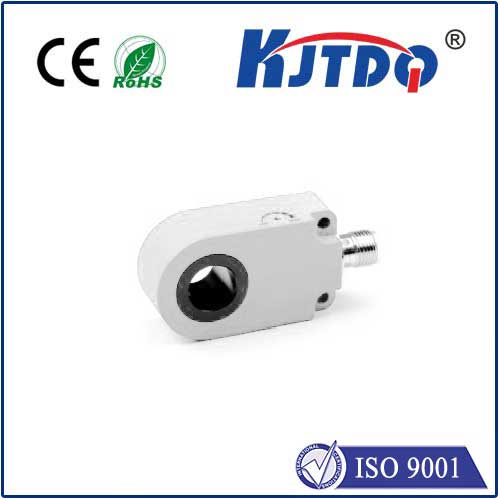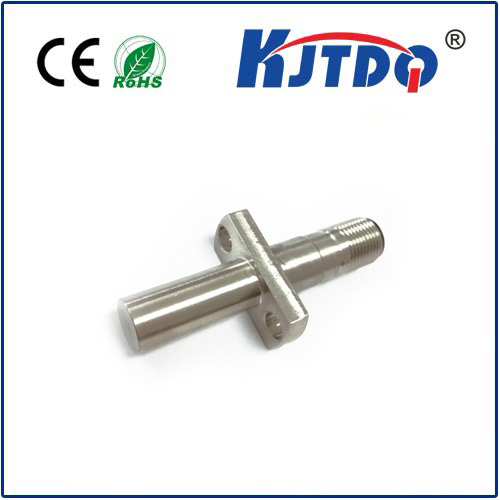
check

check

check

check
The Role of a Rotating Limit Switch in Industrial Machinery
In the world of industrial machinery, precision and reliability are crucial factors for efficient operations. One key component that plays a vital role in ensuring these qualities is the rotating limit switch. This specialized switch is designed to detect the precise position of a rotating shaft or disc, triggering specific actions when it reaches preset limits.
A rotating limit switch consists of an actuator, typically a lever or roller, which engages with the rotating object. As the object turns, the actuator moves, activating the switch's electrical contacts at certain points. These contacts can then be used to control various functions, such as starting or stopping motors, signaling alarms, or adjusting other mechanical elements.

In manufacturing processes, rotating limit switches are essential for maintaining synchronization between different stages of production. For instance, in assembly lines, these switches might signal the start of a new cycle or indicate when a part has reached its correct position for further processing. They also play a crucial role in robotics, where they help ensure that robotic arms move accurately and stop at the desired locations.
Safety is another area where rotating limit switches are indispensable. In machines with moving parts, these switches can prevent catastrophic failures by halting operation if a component deviates from its expected range of motion. This feature is particularly important in environments where human operators may be present, reducing the risk of injury due to mechanical malfunctions.
Furthermore, rotating limit switches contribute to energy efficiency by enabling machines to operate only when necessary. By cutting off power to idle equipment or systems that have reached their operational limits, they help reduce waste and lower energy consumption.
To maximize the benefits of a rotating limit switch, proper installation and maintenance are essential. The switch must be precisely aligned with the rotating part to ensure accurate detection. Regular checks should be conducted to verify that the switch is functioning correctly and to address any wear or damage promptly.
In conclusion, the rotating limit switch is an integral part of modern industrial machinery. Its ability to monitor and control the rotational movements of mechanical components enhances operational effectiveness, safety, and energy efficiency. As technology advances, the applications for this versatile device are likely to expand, underscoring its importance in industrial settings across various industries.
